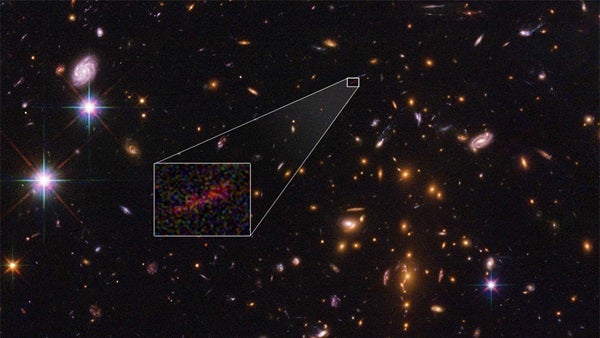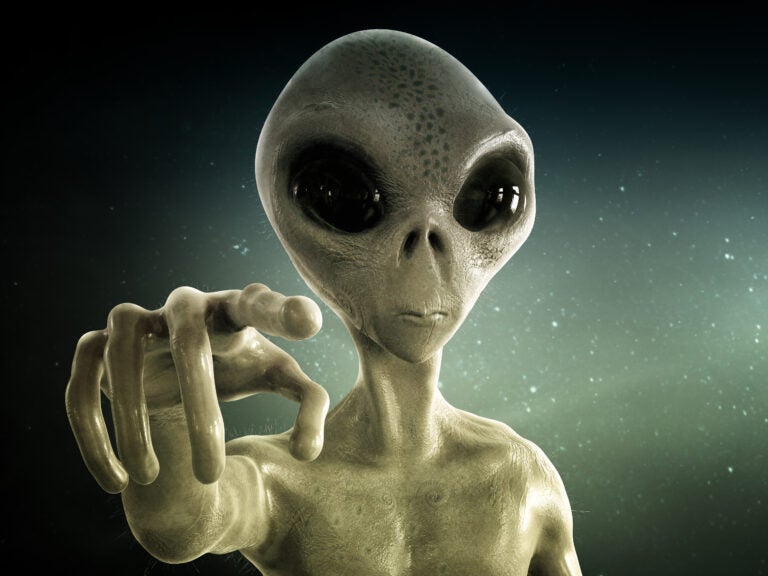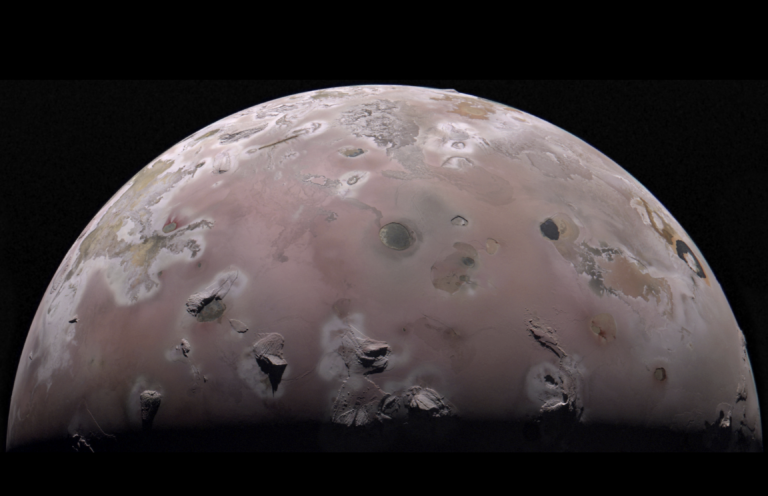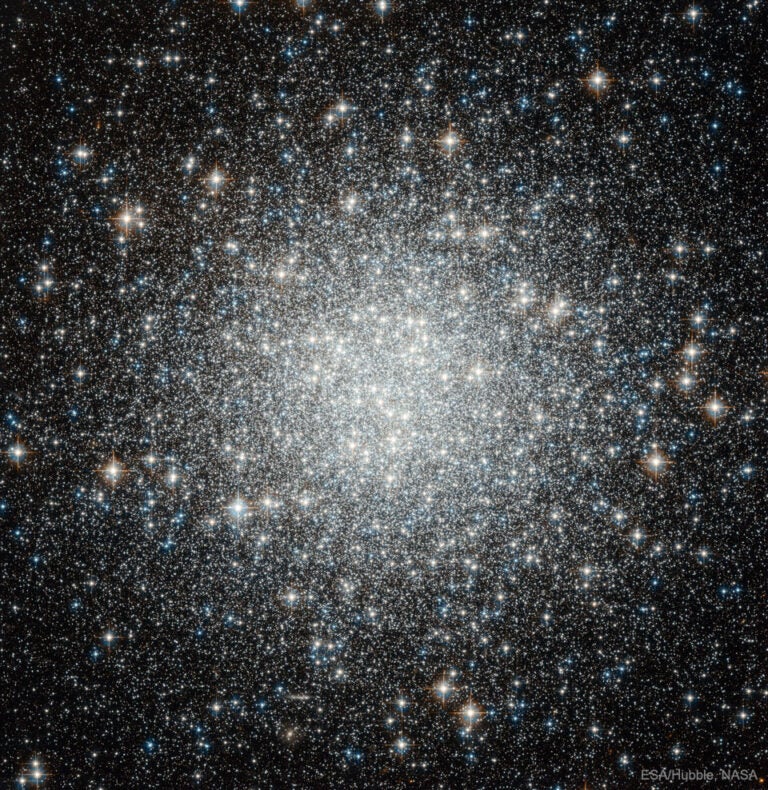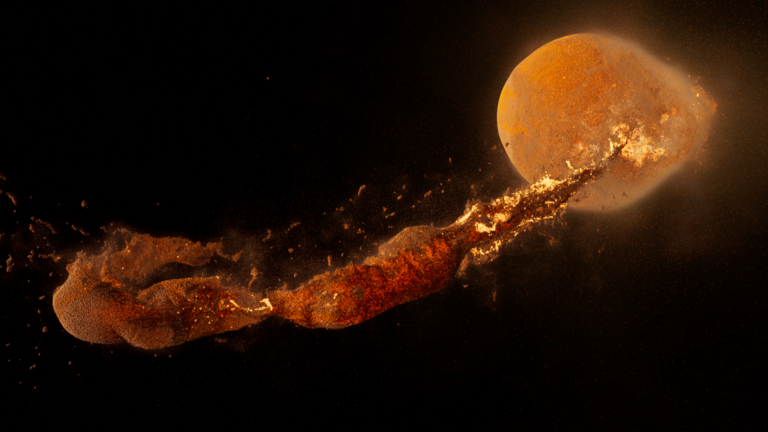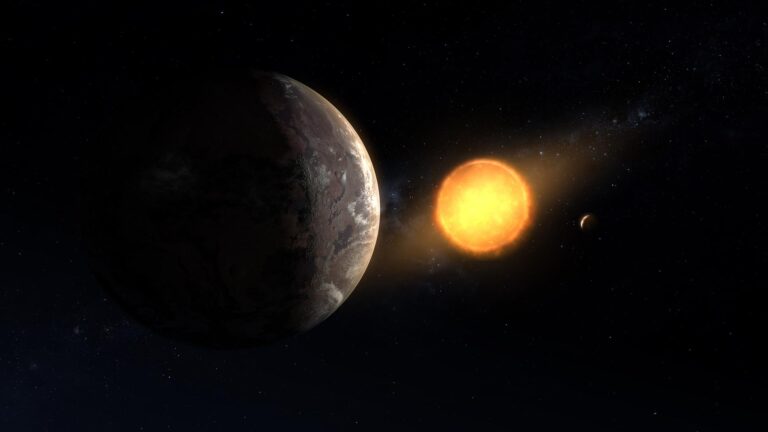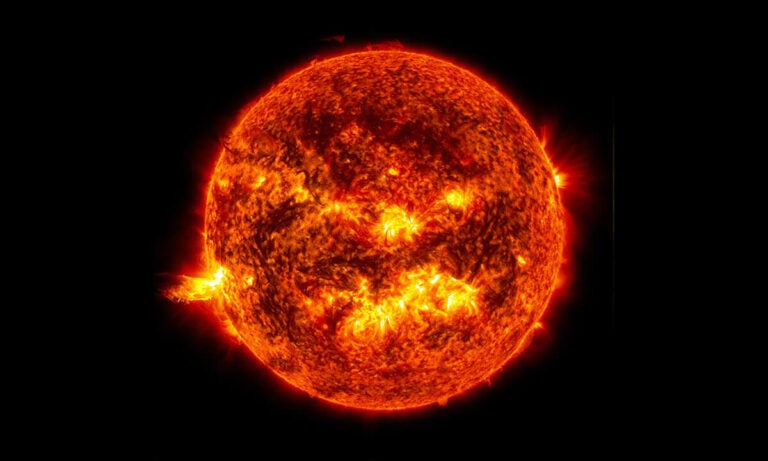With the help of advanced telescopes and gravitational glasses, NASA captured an image of SPT0615-JD, the most distant galaxy ever caught on camera. This ancient galaxy was already around when the infant universe was just 500 million years old. Although we’ve seen other galaxies that existed during this time period, we haven’t been able to capture distinct images of them due to their significant distance from Earth. Galaxies this far off usually resemble indiscernible red dots, but due to gravitational lensing, researchers were able to capture a clear image of SPT0615-JD.
Gravitational lensing happens when the gravity of a massive foreground objects warps space into a giant cosmic lens, causing distant background objects to appear both brighter and more focused. Since SPT0615-JD was located directly behind the gravitational field of a foreground galactic cluster, researchers were able to resolve the target galaxy with much greater detail than would have otherwise been possible. However, the lensing gravitational field can also distort a target galaxy’s appearance, which caused the image to appear as a slightly curved line (roughly 2 arcseconds long).
Researchers have long been using gravitational lensing to seek out galaxies that aren’t detectible with standard telescopes or observatories. But, “no other candidate galaxy has been found at such a great distance that also gives you the spatial information that this arc image does,” said Brett Salmon, a postdoctoral researcher at the Space Telescope Science Institute and lead author of the study, in a press release. “By analyzing the effects of gravitational lensing on the image of this galaxy, we can determine its actual size and shape.”
Hubble’s Reionization Lensing Cluster Survey (RELICS) and the S-RELICS Spitzer program (whose purpose is to uncover magnified galaxies) were used to examine 41 massive galaxy clusters in infrared for the first time. As they were studying cluster SPT-CL J0615-5746, they came across the small, distant galaxy. When Salmon spotted the lens-arc, he thought, “Oh, wow! I think we’re on to something!”
Salmon’s preliminary analysis, made with Hubble and Spitzer’s data, estimates that the image captured the galaxy as it was 13.3 billion years ago, about half a billion years after the Big Bang It also suggests that SPT0615-JD has a maximum weight of 3 billion solar masses, roughly 1/100th the mass of the Milky Way, and is no more than 2,500 light-years across. For comparison, the Milky Way is 100,000 light-years across. Stats like this make it an archetypal example of other young galaxies that formed soon after the Big Bang.
While identifying these galaxies is possible (albeit difficult) with Hubble, it’s only going to become easier once NASA’s James Webb Space Telescope is up and running. Its advanced spectroscope will enable astronomers to study distant galaxies in much finer detail, giving more insight into early star and galaxy formation.

